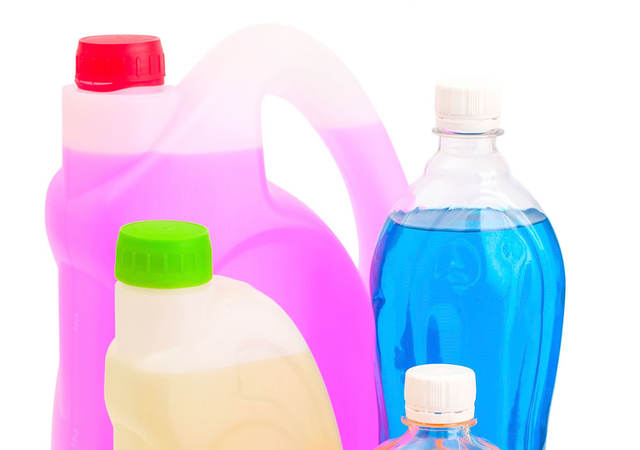Tips to Improve Indoor Air Quality
The most effective strategy for reducing indoor air pollution is to eliminate or reduce the sources of contaminants. We’ll teach you how.
Overview
Below are some general tips for maintaining good indoor air quality in homes. The most effective strategy for reducing indoor air pollution is to eliminate or reduce the sources of contaminants. Effective ventilation is also important since it increases the amount of clean outdoor air, removes pollutants through filtration, and helps reduce the buildup of excessive moisture.
Benefits
Here is a list of ways in which you can help reduce indoor air pollution.
Minimize chemical pollutants
- Avoid smoking indoors. Tobacco smoke contains thousands of indoor pollutants at high concentrations.
- Be wary of manufacturer claims of “no VOC,” “natural” or “alternative.”
- Minimize the use of harsh cleaners, solvent-based cleaners or cleaners with strong fragrances.
- Certain activities, such as paint stripping, hobby soldering or gluing, painting, sanding and rock polishing, may create high levels of pollution and should be performed outside.
- Control car and appliance exhaust. Do not idle cars, lawnmowers or other engines in the garage, especially those that are attached to the house.
Keep it clean
- Buy machine-washable bedding. Wash pillows, sheets and comforters weekly to reduce exposure to allergens, including dust mites.
- Consider removing shoes at the door to minimize dust and dirt tracked in from the outdoors.
- Place walk-off mats at all entrances to your home.
- Use high efficiency particulate air (HEPA) vacuum cleaners with disposable bags and microfiber cloths for surface dust removal.
Control moisture
- Keep homes dry. Control relative humidity levels to less than 60 percent, using dehumidifiers if necessary. Clean humidifiers frequently.
- Repair all leaks promptly.
- If there has been a flood or water damage, take immediate action and remove the water and wet materials. Dry all porous materials and furnishings within 48 hours. If mold grows on any porous materials, such as drywall, ceiling tiles or wood, discard and replace.
- Run bathroom exhaust fans while showering.
- House plants can improve indoor air quality by filtering carbon dioxide; however, if they are over-watered, they can encourage mold growth.
Ensure proper ventilation
- Open doors and windows when temperature and humidity levels permit. However, be mindful of outdoor allergens during spring and fall seasons.
- Make sure that mechanical filters are in place, that they fit well, and that they are changed periodically according to manufacturer’s instructions.
- Use of home mechanical air systems, with good filtration, can control dust levels. Some additional air cleaners, such as electrostatic systems or ion generators, may be stand alone or part of the home system. If these additional air cleaners are used, make sure they are certified to UL 867, the Standard for Electrostatic Air Cleaners, and are certified by the state of California for minimal ozone release.
- Make sure that fuel-burning furnaces, fireplaces, heaters, range tops, exhaust fans and other appliances are vented to the outside well away from windows and heating ventilation and air conditioning (HVAC) intakes.
Evaluate products for healthier indoor air
- Identify high-emission product types. Be mindful of common household products known to emit chemicals, including paints, varnishes and furniture made from pressed wood.
- Navigating safety claims is overwhelming. Choose low-emitting products that receive reputable third-party certifications like UL GREEENGUARD, which identifies products that contribute to healthier indoor air.
- Be cautious of vague claims such as “no VOC,” “natural,” or “alternative,” which can sometimes lack regulation and scientific backing.
Get in touch
Have questions, need specifics? Let's get this conversation started.





